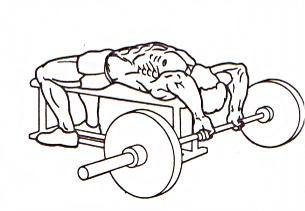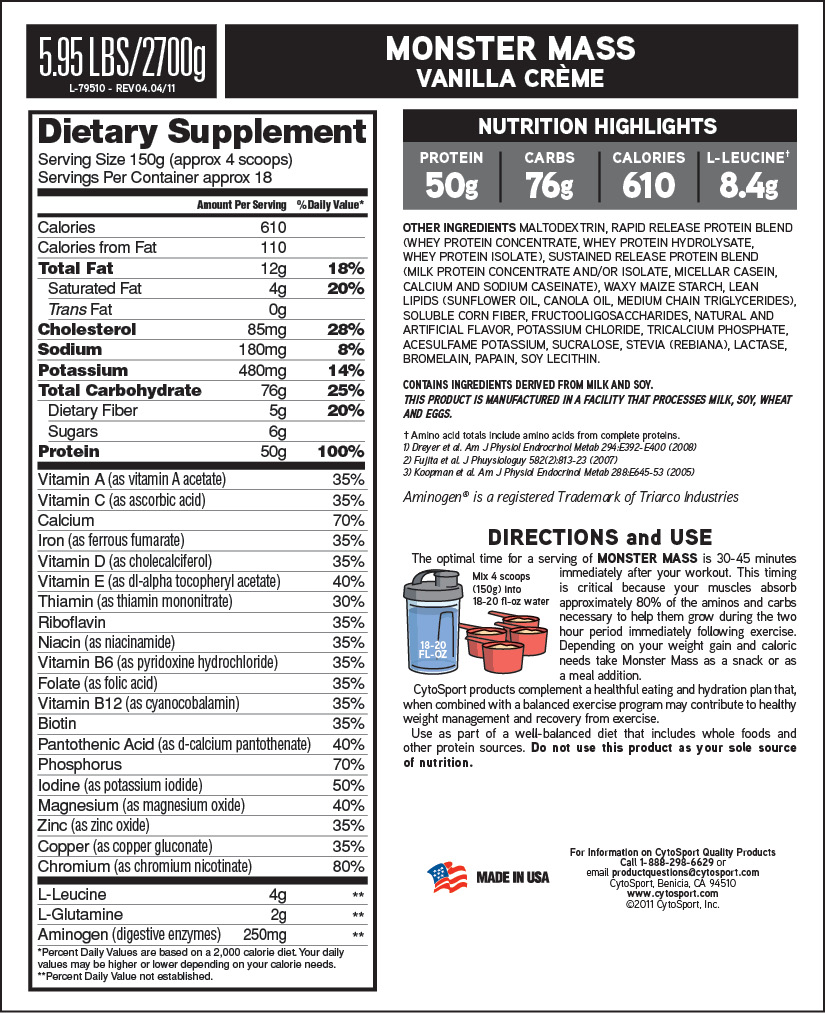Serratus Anterior Exercises

Most people have never heard of the muscle called the serratus anterior unless they are familiar with weightlifting. Knowing how the body works and uses muscles is really an important part of taking care of the body. It allows for the muscles to be trained and used properly. Which will help in preventing any unnecessary injuries.
The serratus anterior is a muscle that actually gets used every time the shoulder is lifted or moved. This muscle is located on the 8th and 9th rib and connects to the scapula. This muscle is often called the “boxer’s” muscle because this muscle is used when throwing a punch. It is also used when lifting.
Shoulder Pain
The serratus anterior is often the cause of unwanted shoulder pain. This is often due to the fact that the muscle is weak or an imbalance that has caused improper use. Serratus anterior works in the upward motion. When the arms are lifted, it is the serratus anterior that is controlling the scapula or shoulder blade in this movement. The stronger the muscle is here, the better control and support there is going to be for the shoulder.
Most injuries that occur in the shoulder are during the upward movement. It is imperative when exercise or lifting heavy objects that this muscle is not strained. Any damage to the serratus anterior can be extremely painful. A weak muscle can cause other damage to the shoulder as well.
Strengthening The Serratus Anterior
There are many different exercises that can be done to strengthen the serratus anterior. Whether weightlifting or using body weight, it important that the exercises are done properly. Too much strain and the muscle can be damaged. In cases, the recovery time can be painful and lengthy. Lifting too much weight when just beginning can put a lot of strain on this muscle.
When beginning a new exercise program, it is recommended to start with a lower amount of weight with a higher number of reps. This allows the body to develop strength before being overwhelmed with weights that are far too heavy.
Serratus anterior exercises are going to be in the upward movement. Most people only train the downward motion which is how an imbalance can occur. This is when damage to the shoulder can happen. Exercises like push-ups will strengthen the serratus anterior, and they will also give a host of other benefits to the shoulders.
Incline Shoulder Raises
Incline shoulder raises will also help strengthen the serratus anterior. For this exercise, the use of a weight bench that can be inclined will be needed. Start with the arms stretched straight forward, keeping the elbows straight at all time. Pull the shoulders as far forward as possible, then slowly pulling them as far back as possible. It is important that the elbows stay straight, no bending during this exercise. The upward motion of this exercise is what will add stability to the shoulder as a whole.
Woodchoppers Exercise
Another great exercise for the serratus anterior is the woodchopper. With this exercise, a ball or small weights are used. Moving in an upward motion, the ball or weight is lifted above the head. There is also a reverse option for this movement as well, but the upward motion is the more important.
Dumbbell Pullovers
Dumbbell pullovers begin with laying on a bench or an exercise ball. Only the upper half of the body is on the ball with the arms lifted straight out in front. In this exercise, the elbows must remain straight but not locked. Slowly, pull the arms back over the head to stretch the serratus anterior.
Cable Crunches
Cable crunches use a high pulley system. Starting in a kneeling position, the hands should be next to the side of the head. From this position, bring the head down to the knees and slowly bring the body back to a kneeling position. The motion of this exercise needs to be controlled. The more controlled the movements are, the more the muscles will be targeted.
Remember that when exercising the serratus anterior the upward motion is where the concentration should be on. Strengthening this muscle will really help prevent any injuries dues to muscle imbalances that eventually can cause damage to the shoulder.


![Smolov Jr. Squat And Bench Program ?® [concept w] / Dollar Photo Club](https://cdn.workoutsupplementreviews.com/wp-content/uploads/2014/09/smolov-jr-article-on-workoutsupplementreviews.com_-65x65.jpg)








